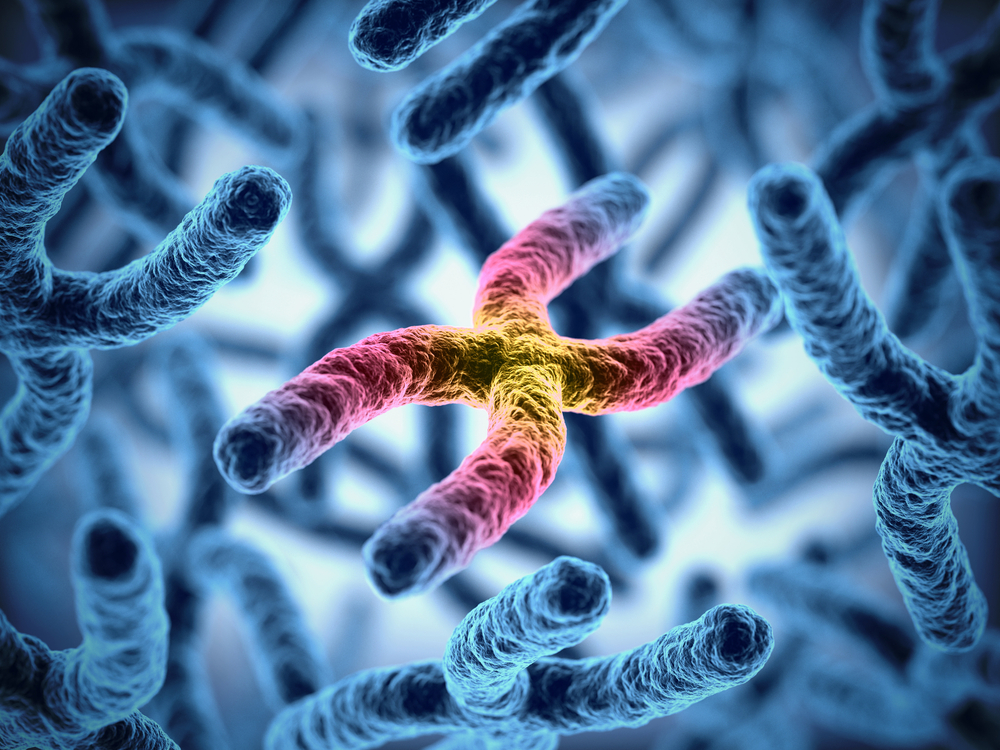Researchers Find Friedereich Ataxia Gene is Prone to Chromosome Fragility

In a research study titled “Evidence for chromosome fragility at the frataxin locus in Friedreich ataxia“, published in the journal Mutation Research/Fundamental and Molecular Mechanisms of Mutagenesis, researchers discovered that the region of chromosome 9 that contains the Frataxin (FXN) locus is particularly fragile and prone to revisions.
Friedereich’s ataxia (FA) is an autosomal recessive disease that is involved with a number of related conditions, such as fragile-X syndrome, although FA involves a triplet repeat of GAA/TTC on the ninth chromosome and fragile-X syndrome is linked to a CGG/CCG triplet expansion on the X-chromosome. What these two diseases have in common is that they involve expansion of three nucleotides on the affected gene. According to this novel study, the gene involved in FA, frataxin (FXN) is also fragile just like the one in fragile X syndrome.
The researchers found that, in FA not only is there a GAA/TTC expansion tract on the ninth chromosome, but this area is also more prone to become broken similar to what is seen in fragile X syndrome. This chromosome fragility involves gaps in the chromosome at the level of the frataxin gene and the presence of high frequency loss of at least one copy of the affected genetic material as a result of folate stress. The results demonstrated that the specific FXN region in chromosome 9 is naturally prone to breakage and nucleotide rearrangements, similar to what happens in fragile X syndrome. The area shows many chromosomal abnormalities when the cell is in the presence of an ATM kinase inhibitor (highly selective small molecules), which is completely consistent with site fragility.
These new insights into the genetic profile and molecular pathways underlying FA will surely be of great importance for the development of future targeted therapies to treat or even cure this severe condition.
Read More Recent News






